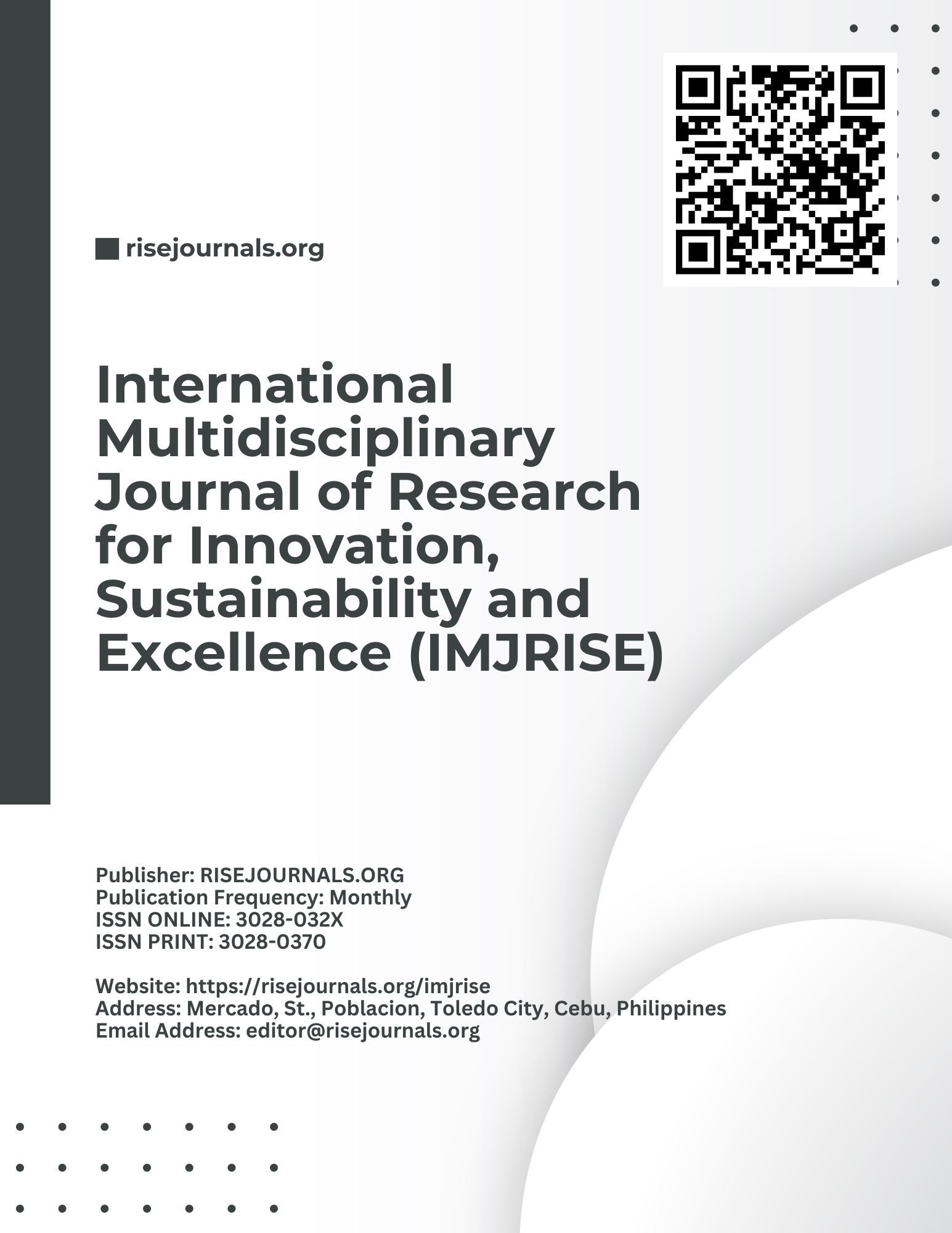Resilience and Romance: Allegory and Courtly Love in Florante at Laura by Francisco Balagtas
Keywords:
Florante at Laura, Francisco Balagtas, allegory, courtly love, colonialism, resistance, Filipino literature, literary analysisAbstract
This study delves into the intricate layers of Francisco Balagtas's epic poem "Florante at Laura," examining its allegorical, formal, and thematic dimensions within the context of Filipino literature. Through an analysis of seminal works, the research explores the allegorical representation of colonialism and resistance, the influence of the Awit form on narrative structure, and the portrayal of courtly love themes. By unveiling the underlying allegorical motifs embedded in Balagtas's work and tracing the evolution of courtly love in Filipino literary tradition, this study contextualizes Balagtas's utilization of the Awit form within the broader spectrum of Philippine poetry. Additionally, insights into the socio-political and cultural contexts of "Florante at Laura" enhance our understanding of Balagtas's literary craftsmanship and the socio-political landscape of colonial Philippines. Through synthesizing these analyses, this study sheds light on the enduring significance of "Florante at Laura" in shaping Filipino literature.
References
Acuña, A. R. (2018). BALAGTAS’FOURTH REVOLT IN DEAD BALAGTAS. Journal of English Studies and Comparative Literature, 17.
Atabug, A. C. (1971). Rationale and design for an interdisciplinary music and visual arts course in Philippine liberal arts colleges. University of Michigan.
Bellen, C. S. (2016). The historic voice of Bukid: a postcolonial reading of Manila and Bicol's comtemporary.
Benitez, J. F. B. (2004). “Awit” and “Syair”: Alternative subjectivities and multiple modernities in nineteenth century insular Southeast Asia. The University of Wisconsin-Madison.
Blanco, J. D. (2009). Frontier constitutions: Christianity and colonial empire in the nineteenth-century Philippines (Vol. 4). Univ of California Press.
Bresnahan, M. I. (1985). FINDING OUR FEET: PROBLEMS IN INTERPRETING A FOREIGN TEXT (DISCOURSE, READER RESPONSE, SECOND LANGUAGE, TAGALOG, PHILIPPINES). University of Michigan.
Burton, J. W. (1985). Philippine-Spanish Literature: The Decline of Art in a Historic Setting. In Selected Papers in Asian Studies: Western Conference of the Association for Asian Studies (Vol. 1, No. 23, p. 1).
Cabrera, J. (2016). Ancient Literary Traditions: Tracing Heterogeny & Assessing Intangibles.
Cruz, C. (2016). Authoring autonomy: The politics of art for art's sake in Filipino poetry in English. State University of New York at Albany.
de Mata, F. M. A. (2017). Filipino Poethics: Reading the Philippines Beyond the Object/Subject Divide (Doctoral dissertation, UC Santa Cruz).
Joyce Ong Tan, J. (2012). DISCURSIVE FORMATIONS AND THE AMBIVALENT NATION IN GINA APOSTOL'S THE REVOLUTION ACCORDING TO RAYMUNDO MATA. Kritika Kultura, (19).
Lumbera, B. (1968). Tagalog Poetry During the Seventeenth Century. Philippine Studies, 16(1), 99-130.
Reyes, S. S. (1975). Traditions and Themes in the Tagalog Novel. Philippine Studies, 243-292.
Reyes, S. S. (1984). The romance mode in Philippine popular literature. Philippine Studies, 163-180.
Reyes, M. L. F. T., Orendain, M. R., Batin, E., Perez, S., Tan, P. A. R., Alvarez, B. T., ... & Patiño, B. A. (2002). LITERARY/CULTURAL AND LANGUAGESTUDIES. Kritika Kultura, (1), 2.
Rockell, K. F. (2009). 'Fiesta', Affirming Cultural Identity in a Changing Society: A Study of Filipino Music in Christchurch, 2008.
San Juan, E. (2005). Toward a people's literature: essays in the dialectics of praxis and contradiction in Philippine writing. UP Press.
Silalahi, M., Simbolon, W., & Simbolon, K. (2022). Exploring the Evolution of Indonesian Poetry: A Comparative Analysis of Classical and Contemporary Expressions. Jurnal Ilmu Pendidikan dan Humaniora, 11(3), 170-187.


